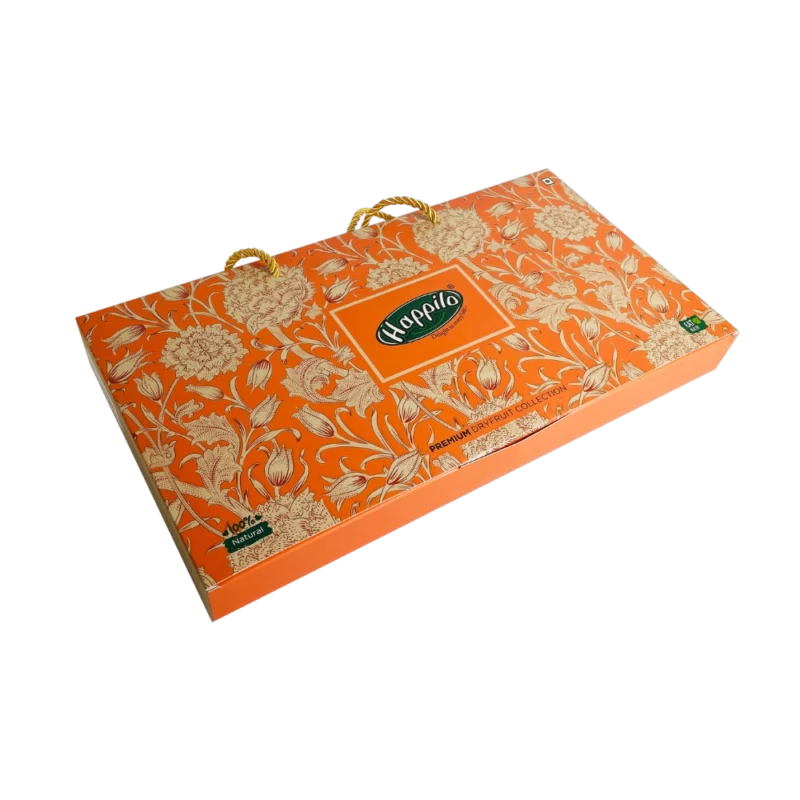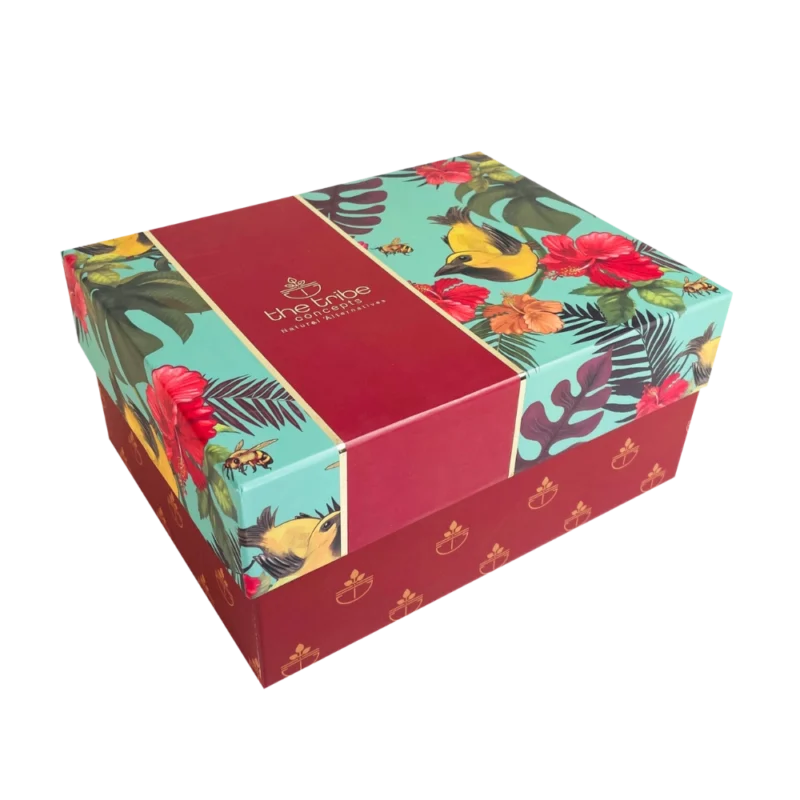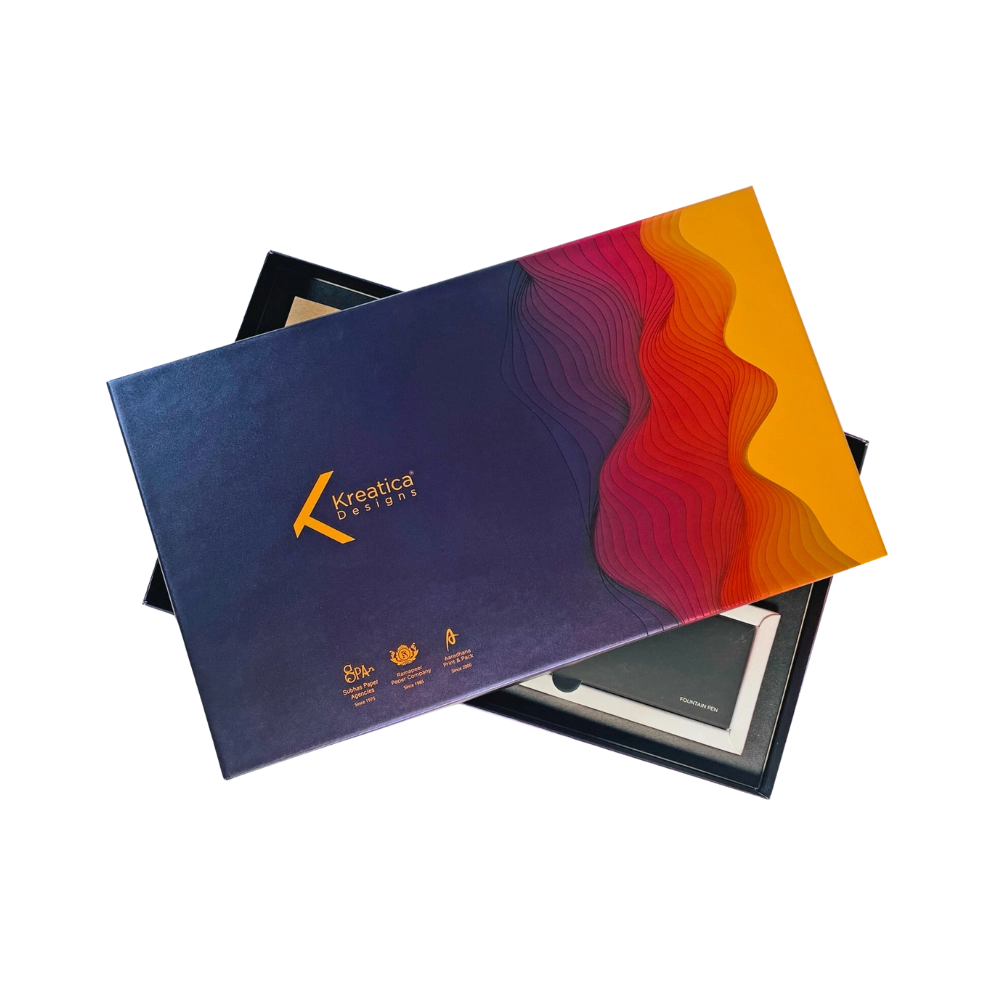
In the dynamic world of packaging design, staying ahead of trends is crucial for brands seeking to
capture consumer attention and loyalty. Questions about packaging design are top of mind for man
businesses looking to innovate while keeping their packaging effective and relevant. In this blog
post, we delve into the most common questions surrounding packaging design trends, providing
insights and strategies to help you navigate this ever-evolving landscape.
What Are the Most Popular Packaging Design Trends Right Now?
Today’s packaging design landscape is brimming with innovative trends that appeal to both
aesthetic sensibilities and practical needs. At the forefront is the minimalist design trend,
characterized by clean lines and simplicity. These designs focus on essential information and
aesthetics, making them visually appealing and easy to comprehend at a glance. Sustainable
packaging is another critical trend, with brands increasingly opting for eco-friendly materials that
emphasize environmental responsibility. This shift reflects growing consumer demand for
sustainable products and practices.
Bold colors and typography are also making waves, offering eye-catching visuals that help products
stand out on crowded shelves. Meanwhile, transparent packaging is gaining traction by allowing
consumers to see the product inside, thus building trust and appeal. Smart packaging incorporates
technology like QR codes, NFC tags, or augmented reality, creating an interactive experience for
consumers.
Personalized packaging offers customization options, making customers feel valued and
special. Lastly, multi-functional packaging is on the rise, designed to serve additional purposes,
such as being reusable or easily repurposed, adding extra value for consumers.
How Can I Ensure My Packaging Stays Current with Trends?
Staying current with packaging trends requires a proactive and adaptive approach. Regular market
research is essential for keeping up-to-date with the latest consumer preferences and emerging
trends. By understanding what’s popular and resonating with consumers, you can tailor your
packaging strategies to meet their evolving needs.
Continuous customer feedback can provide invaluable insights. Encourage your customers to share
their thoughts on your packaging through surveys, reviews, or social media interactions. This direct
line of communication will help you understand their likes, dislikes, and expectations, enabling you
to make informed adjustments.
Competitor analysis is another critical strategy for staying current. Keep an eye on what your
competitors are doing. This doesn’t mean copying them, but rather identifying successful trends and
understanding why they work. This insight can guide you in adopting or even improving upon these
trends in your own packaging designs.
Flexibility in your design process is key. The packaging design landscape can shift rapidly, and the
ability to adapt quickly is crucial. Implement a design process that allows for modifications without
requiring a complete overhaul. This might mean using modular elements or selecting materials and
techniques that can be easily updated.
Staying informed about industry developments can also give you an edge. Follow industry blogs,
attend trade shows, and participate in webinars or workshops focused on packaging design.
Networking with other professionals can provide inspiration and insight into what’s next in the
world of packaging.
Leverage technology to your advantage. Innovations such as augmented reality, QR codes, or smart
packaging can set you apart and keep your packaging on the cutting edge. Staying abreast of
technological advancements and considering how they can be integrated into your packaging can
provide a fresh and modern look.
Building strong relationships with your suppliers can also help keep your packaging current.
Suppliers often have insights into new materials and techniques that can be incorporated into your
packaging design. Collaboration can lead to innovative solutions that you might not have
considered on your own.
Consider seasonal and limited-edition designs to keep things fresh. Limited runs of unique
packaging can create excitement and urgency among consumers. These special editions can align
with holidays, events, or product launches, offering a way to regularly update your packaging
without a complete redesign.
Finally, incorporate sustainability into your design philosophy. As consumer awareness and demand
for eco-friendly products grow, sustainable packaging is not just a trend but a lasting movement.
Using recycled materials, minimizing waste, and opting for biodegradable options can help keep
your brand relevant and appealing.
By combining these strategies, you can ensure that your packaging remains current and continues to
capture the attention and loyalty of your consumers.

How Can I Balance Functionality and Aesthetics in Trendy
Designs?
Balancing functionality and aesthetics in trendy packaging designs involves focusing on both the
practical and visual aspects of the packaging. A user-centric approach is essential, as it prioritizes
the needs and preferences of your target audience, ensuring the packaging is both appealing and
functional. Material selection is a key consideration; opt for materials that not only look good but
also offer durability and protection for the product inside.
Incorporating a minimalist design can help achieve this balance. A clean, uncluttered look can
enhance the visual appeal while maintaining usability. Simple designs often make it easier for
consumers to understand the product and its benefits quickly. Developing prototypes is another
crucial step. Testing these prototypes for usability, durability, and aesthetic appeal ensures that the
final design meets all necessary criteria.
Collaboration among different teams—designers, engineers, and marketers—is vital in creating
packaging that meets both functional and aesthetic requirements. Each team brings a unique
perspective, helping to create a cohesive design that aligns with the brand’s goals and consumer
expectations. Feedback loops are equally important; regularly gathering input from customers and
stakeholders allows for continuous improvement of the packaging design.
Using innovative technologies can also enhance both functionality and aesthetics. For example,
integrating smart packaging elements like QR codes or NFC tags can provide an interactive
experience for consumers, adding a modern touch to the packaging. These technologies can also
deliver additional information about the product, enhancing its functionality.
Sustainability should not be overlooked. Choosing eco-friendly materials can appeal to
environmentally conscious consumers while also adding a layer of functionality by reducing
environmental impact. Sustainable packaging materials, such as recycled or biodegradable options,
can be both visually appealing and practical.
Flexibility in the design process is crucial. Trends can change rapidly, and the ability to adapt
quickly can set your brand apart. Modular packaging designs, which can be easily adjusted or
repurposed, offer a practical solution to maintaining relevance without frequent overhauls. This
approach also allows for limited-edition releases or seasonal variations, keeping the packaging fresh
and engaging.
Considering ergonomics is another way to balance functionality and aesthetics. Packaging should
be easy to handle, open, and store, enhancing the user experience. Ergonomic designs can be both
attractive and practical, making the product more appealing to consumers.
Finally, leveraging digital printing can add a cost-effective and visually appealing element to your
packaging. This technology allows for high-quality graphics and customization without the high
costs associated with traditional printing methods. Digital printing can produce vibrant colors and
intricate designs that catch the eye while remaining functional.
By focusing on these aspects, you can create packaging that not only looks good but also serves its
purpose effectively, ensuring consumer satisfaction and brand loyalty.
What Are Some Cost-Effective Ways to Adopt Packaging
Trends?
Adopting packaging trends can be achieved without a significant financial burden through several
cost-effective strategies. One effective method is digital printing, which offers reduced setup costs
and minimizes waste, making it ideal for short runs and customized designs. This approach provides
the flexibility to experiment with new trends without a hefty investment.
Another budget-friendly strategy is modular design. By creating packaging that can be easily
adapted for different products or limited-edition releases, you can stay current with trends without
redesigning your entire packaging lineup. This adaptability also allows for seasonal or promotional
variations, keeping your packaging fresh and engaging.
Incorporating recycled materials is a smart move both financially and environmentally. Recycled
materials are often more affordable than their virgin counterparts and align with the growing
consumer demand for sustainable practices. This choice not only cuts costs but also enhances your
brand’s eco-friendly appeal.
Multi-use packaging designs can also offer cost savings by providing additional value to the
consumer. Packaging that can be reused or repurposed extends its lifecycle, adding an extra layer of
functionality without significant extra expense. This approach not only appeals to environmentally
conscious consumers but also differentiates your brand in a crowded market.
Simple innovations, such as updating color schemes or typography, can refresh your packaging
design without the need for a complete overhaul. These minor changes can have a significant visual
impact, helping your product stand out on the shelves while keeping costs low.
Building strong partnerships with suppliers is another effective strategy. By negotiating better rates
for sustainable materials or innovative packaging solutions, you can keep costs down while staying
ahead of trends. Suppliers often have insights into new materials and techniques that can be both
cost-effective and trendsetting.
Incorporating DIY elements, such as stickers or wraps, allows customers to personalize their
packaging at a lower cost. This interactive element not only adds a unique touch to the unboxing
experience but also engages consumers in a way that builds brand loyalty.
By implementing these cost-effective strategies, you can adopt the latest packaging trends without
straining your budget, ensuring your packaging remains current, appealing, and functional.



